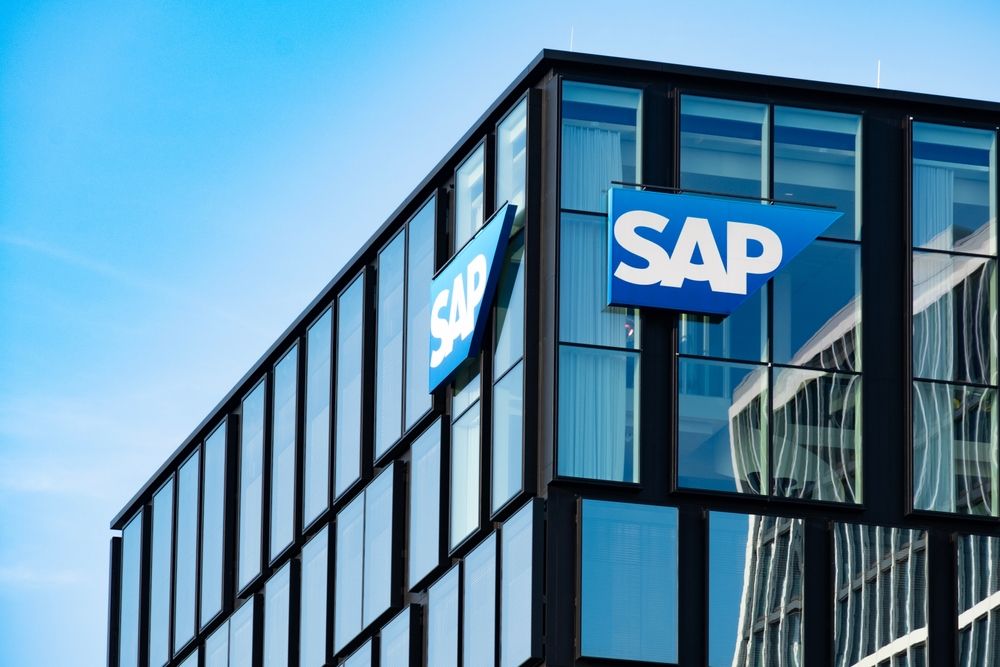SAP SE stock forecast: Third-party price targets
SAP SE (SAP) is trading at $233.80 as of 9:24am UTC on 20 October 2025, with intraday moves between a low of $227.45 and a high of $234.40. The share price remains near the upper end of this session’s range.
Past performance is not a reliable indicator of future results.
Capital.com’s client sentiment for SAP CFDs
As of 20 October 2025, Capital.com client positioning in SAP CFDs shows a strong bias towards long positions, with 94.3% buyers and 5.7% sellers. This puts buyers ahead by 88.5 percentage points, indicating a predominantly bullish client stance.
This snapshot represents current open positions on Capital.com and is subject to change over time.

FAQ
Is SAP SE a good stock to buy?
This depends on individual objectives, risk tolerance, and time horizon. Analysts currently maintain a range of ratings from Buy to Outperform, with most targets clustered between €270.00 and €310.00. These figures represent third-party assessments based on SAP’s cloud transition and software demand, but they do not guarantee future results.
Could SAP SE stock go up or down?
Like any listed share, SAP SE’s price can move in either direction depending on market conditions, earnings performance, exchange rates, and broader economic sentiment. Technical indicators currently suggest neutral to slightly positive momentum, although market dynamics can shift quickly.
Should I invest in SAP SE stock?
Capital.com does not provide investment advice. Anyone considering exposure to SAP SE or related instruments should evaluate their financial position and trading goals carefully, and ensure they understand the risks involved in leveraged products such as CFDs.
Where can I trade or follow SAP SE price movements?
SAP SE can be followed or traded as a contract for difference (CFD) on the Capital.com platform, allowing users to speculate on price movements without owning the underlying shares. Traders can go long or short depending on their market outlook, while using built-in risk management tools such as stop-loss and take-profit orders. Be aware that standard stop-loss orders are not guaranteed, while guaranteed stop-loss orders incur a fee if activated. CFDs are traded on margin, and leverage amplifies both your profits and your losses.